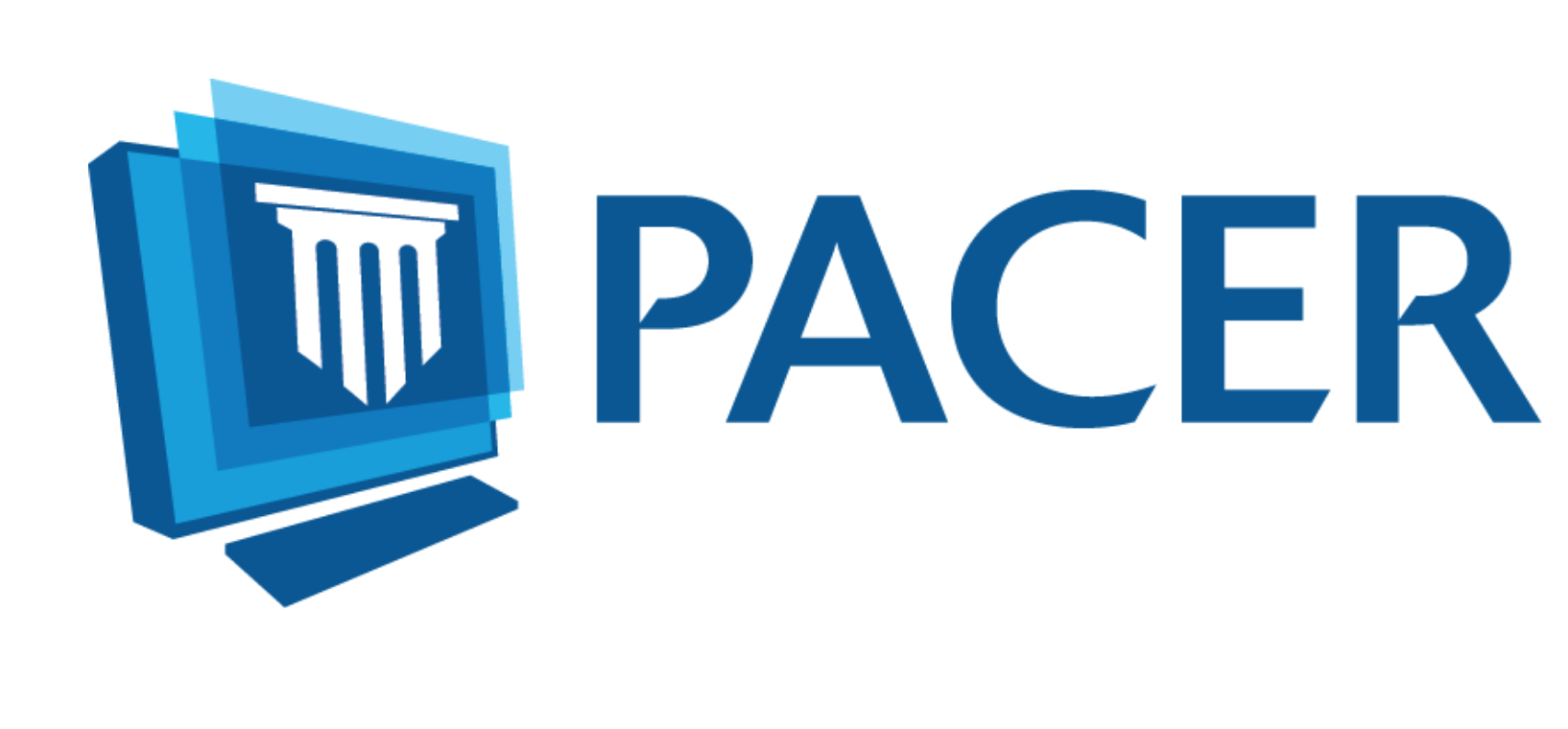WASHINGTON (CN) — A federal judge approved a $125 million settlement deal in a class action Thursday, ordering the reimbursement for eligible users of the Pacer electronic court system.
The suit, brought by the National Veterans Legal Services Program, National Consumer Law Center and Alliance for Justice argued that the government had wrongfully charged excessive fees — by law only meant to cover the cost of providing records — to cover unrelated projects.
According to the plaintiffs' suit, initially brought in 2016, the Administrative Office of the U.S. Courts had used the excessive fees through the Public Access to Court Electronic Records system to cover the costs of installing audio systems to flat-screen televisions for jurors.
As of 2016, the government had additionally increased Pacer fees twice since 2002, when Congress passed the E-Government Act to limit costs for users, the plaintiffs said, placing further hurdles in the way of public access to the nation’s judicial system.
U.S. Senior District Judge Paul Friedman noted Pacer's — and the case’s — long and fraught history in an opinion issued Thursday.
“For over 15 years, Pacer fees … have been a subject of controversy,” the Bill Clinton appointee wrote. “As a result of the litigation in this case, the United States will return over $100 million of these fees to users of Pacer. Today, this litigation substantially comes to a close.”
Friedman noted that when Congress passed the E-Commerce Act 22 years ago, Pacer fees were set at $0.07 per page.
“But Pacer fees continued to rise,” Friedman said, at first by a single cent, to $0.08 per page in 2005. At the time, the director of the judicial Administrative Office pointed to “congressional guidance that the judiciary is expected to use Pacer fee revenue to fund CM/ECF operations and maintenance.”
Friedman pointed out in his opinion that by 2006, the judiciary had raised $32.2 million of excess revenue from Pacer fees and expanded the sorts of programs funded by the fees.
Such programs included courtroom technology upgrades, an online “Jury Management System,” a Violent Crime Control Act notification system and a study to assess the feasibility of adding state court documents to the system.
The fees increased again in 2012 to $0.10 per page, where the fees stand today.
Between fiscal years 2010 and 2016, Friedman said, the judiciary collected over $920 million in Pacer fees, with the total amount collected each year in 2010 around $102.5 million and increasing to $146.4 million by 2016.
Throughout the nearly decadelong litigation, the government insisted the E-Government Act should be interpreted more broadly to allow the judiciary to charge fees “as it deems necessary” and make the additional funding categories lawful. Former U.S. District Judge Ellen Segal Huvelle, also a Clinton appointee, presided over the case until her retirement, after which Friedman took over.
The plaintiffs argued the statute barred the judiciary from charging more in fees “than is necessary to recoup the total marginal costs of operating Pacer.”
Huvelle rejected both arguments, finding the government’s too broad and the plaintiffs’ too narrow. She ruled that the judiciary was justified in using the fees to cover costs of managing the electronic filing systems, but should not have used them to fund studies and technology upgrades.
“Using Pacer fees for these expenses was improper because the programs failed to further 'the public’s ability to access information on the federal court’s CM/ECF docketing system,'” Huvelle wrote at the time.
Both parties appealed Huvelle’s decision to the Federal Circuit. In August 2020, the appeals court affirmed, saying Huvelle “got it just right” in her determination that Congress had limited fees to just cover electronic docketing fees, not studies and upgrades.
The case was remanded to the lower court, where both parties moved to settle the suit, agreeing upon the $125 million figure in May 2021 with the help of a mediator, reaching a final agreement in April 2023.
In July, a claims administrator sent a settlement notice to over 500,000 Pacer account holders, with 80% of the total $125 million, or $100 million, to be distributed. The remaining 20% — $25 million — was set aside for attorney’s fees, litigation expenses and service awards to the named plaintiffs, with a $10,000 limit on the awards per plaintiff.
Each account holder will either be allocated $350, or the exact amount they paid during the relevant class period if less. Those who paid more will also receive a pro rata allocation from the remaining common fund.
The settlement will be disbursed by a claims administrator who will use the records of Pacer account holders to identify members and distribute the payments.
Subscribe to Closing Arguments
Sign up for new weekly newsletter Closing Arguments to get the latest about ongoing trials, major litigation and hot cases and rulings in courthouses around the U.S. and the world.









